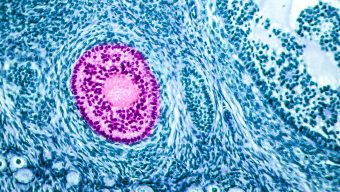
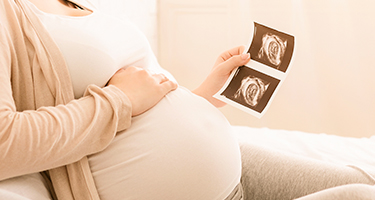
In vitro fertilisation (IVF) is a type of assisted reproductive technology that involves fertilising eggs with sperm in a laboratory to create embryos. IVI offers a full range of infertility treatments, including IVF, ICSI, egg donation, and fertility preservation.

An IVF treatment involves undergoing ovarian stimulation with the aim of generating a multiple number of eggs. The eggs, once fertilised in the laboratory with sperm from a male partner or donor, begin to develop into embryos. The highest quality embryo will be transferred to the uterus with the purpose of achieving a pregnancy. Embryologists will cryopreserve any remaining embryos for future use.
This treatment improves the chances of conceiving for several reasons:
IVF treatment is recommended in the following cases:
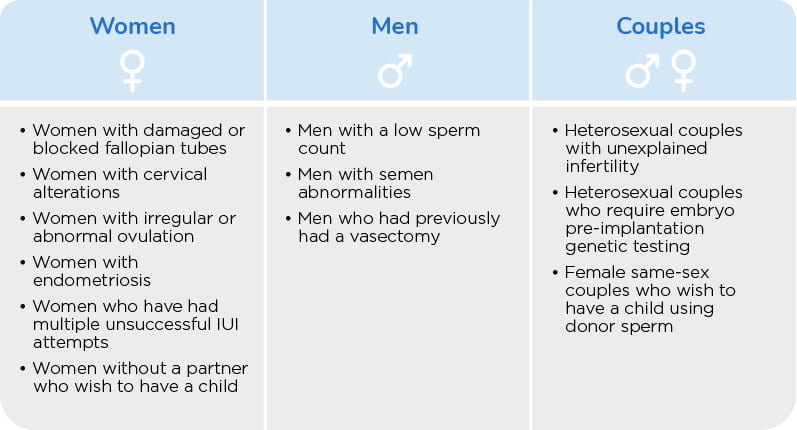

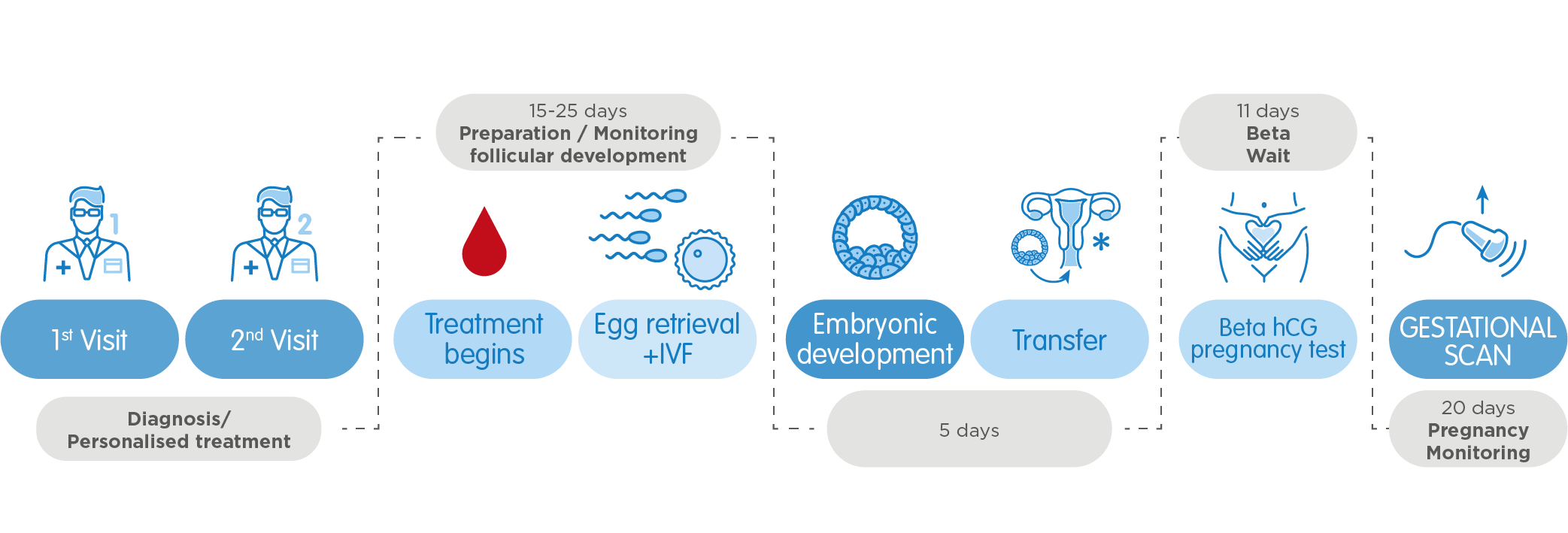
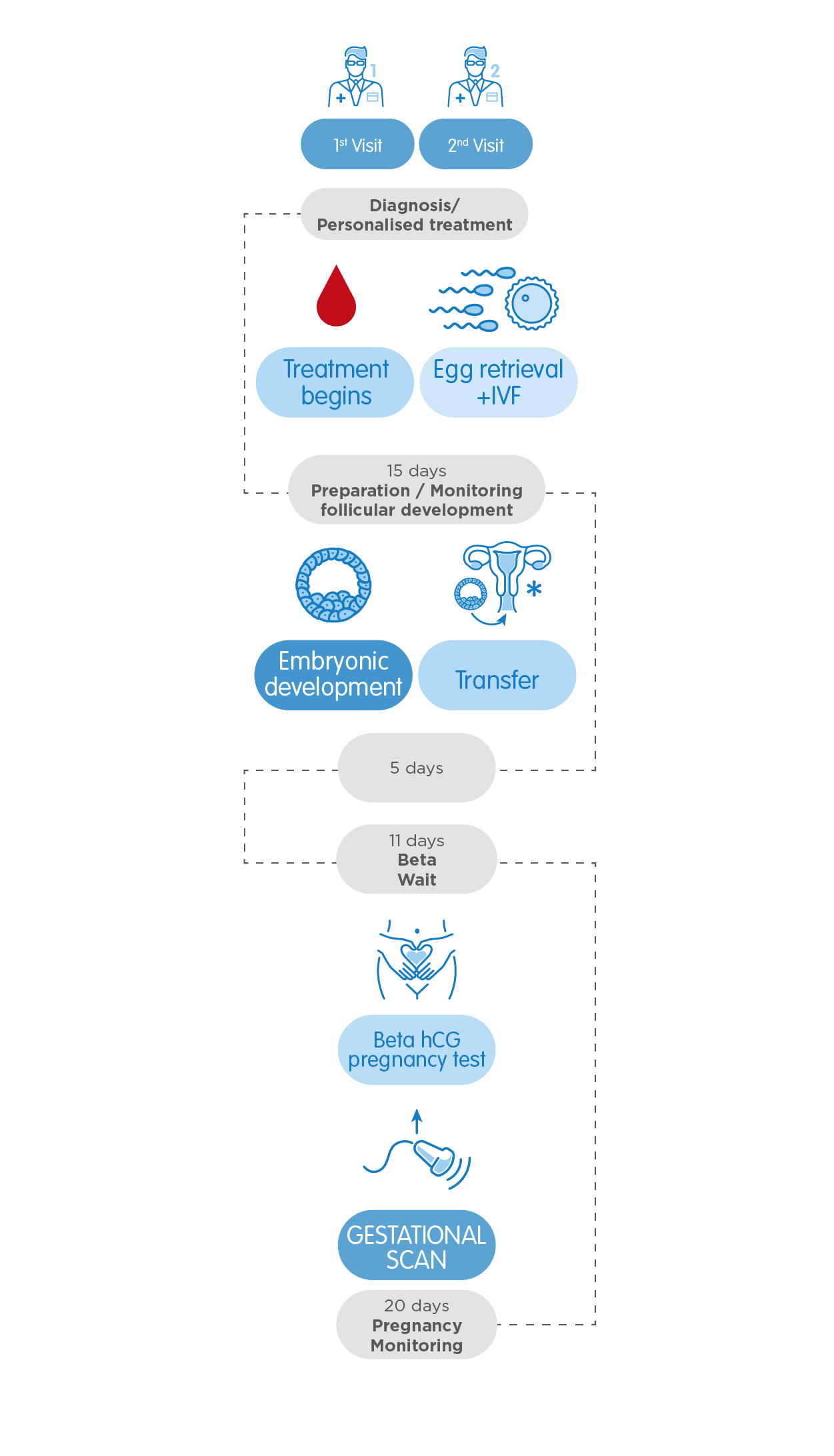

Treatment begins with ovarian stimulation, which involves taking daily injections of hormones self-administered at home. This step is timed to the menstrual cycle and lasts for approximately 10 – 12 days, this is the beginning of your fertility journey. Women normally produce one egg with each natural cycle. Ovarian stimulation increases the chances of success by encouraging multiple follicles to grow and allows a greater number of eggs to be collected.
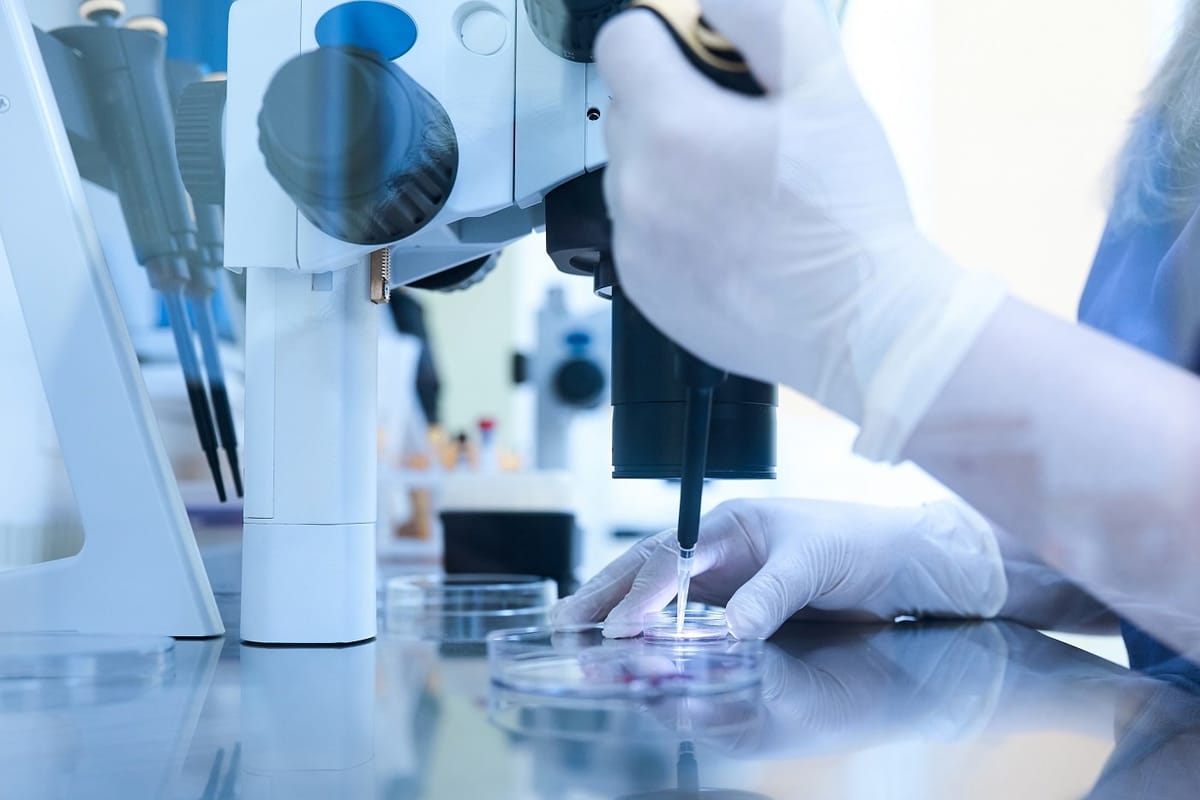
During ovarian stimulation, the growth of the follicles is closely monitoring with regular ultrasound scans until our specialists can verify the follicles have reached an adequate number and size.
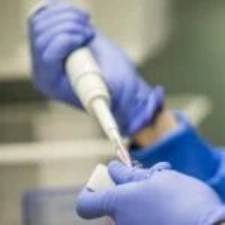
Once the follicles have reached the right stage in their development, we induce ovulation using a trigger injection. An egg collection is scheduled 36 hours later. During this short surgical procedure, clinicians aspirate the follicles to collect the eggs contained inside. An egg collection is performed under sedation and lasts for no more than 15 – 20 minute to avoid any possible discomfort. Patients who decide to preserve their fertility during the planning stage can undergo egg freezing at the time of egg collection.
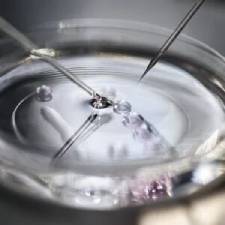
The eggs are fertilised in the laboratory by introducing a prepared sperm sample from the male partner or a donor.
There are two ways to fertilise the eggs:
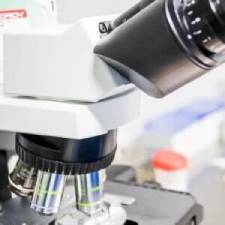
Embryo culture lasts for 5 – 6 days. After fertilisation, the embryos begin their development in special incubators with a culture medium that provides them with everything they need to grow. During this time, embryologists monitor and analyse their development in order to assess their quality.

Before the transfer, we assess the thickness of the endometrium to ensure it is optimal to receive the embryo and facilitate pregnancy. The best quality embryo is transferred to the womb using a thin catheter. An embryo transfer is a quick and simple procedure and does not require anaesthesia.
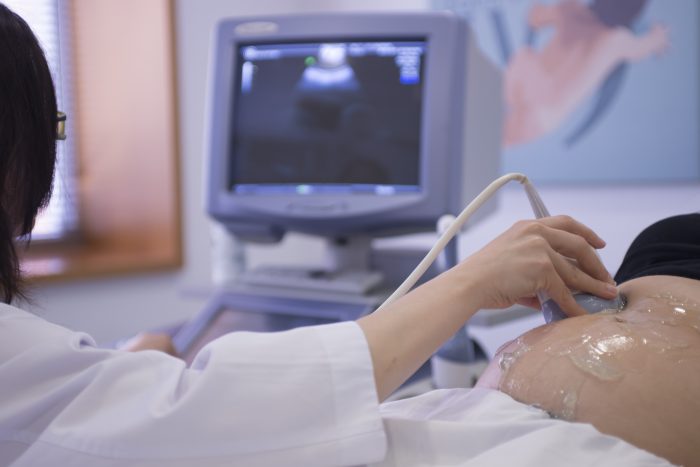
A blood pregnancy test is scheduled 11 – 12 days later. If the result is positive, an early pregnancy scan is scheduled 20 days later. Once discharged, you can begin your antenatal care with the NHS or any private fertility clinic provider.
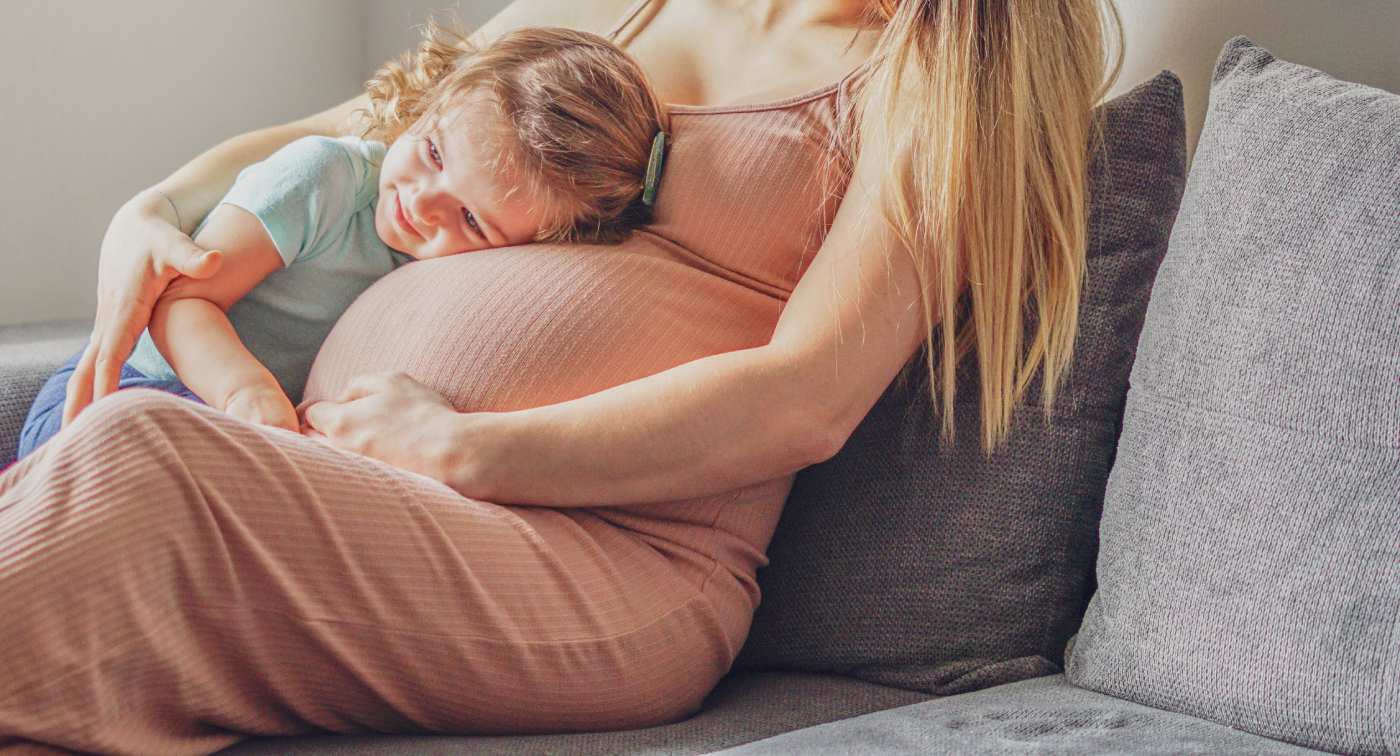
IVF enables fertilisation in a controlled lab environment, helping overcome various fertility issues. A woman’s eggs are retrieved and combined with an optimised sperm sample using conventional IVF or ICSI. After 5–6 days of monitoring, embryos are transferred to the uterus.
IVF has higher live birth rates than treatments like IUI and provides insights into ovarian reserve, egg, and embryo quality. ICSI, used in male infertility cases, allows fertilisation with just one sperm, making it effective for severe sperm abnormalities.
IVF is also beneficial for women with blocked fallopian tubes due to conditions like endometriosis or pelvic disease, as it bypasses natural fertilisation barriers.
The approximate cost of an In Vitro Fertilisation (IVF) treatment varies depending on your specific requirements. All our IVF packages include the essential parts of your IVF treatment, such as monitoring blood tests and scans, egg collection, sperm preparation and embryo creation. The amount of medication required during a treatment cycle varies from patient to patient, so we must charge for this separately. Following your initial consultation at IVI, we will provide a treatment plan with a complete breakdown of costs, including medication, so you will know the final total before you proceed.
From start to finish, an IVF cycle takes approximately 4 – 5 weeks. This includes:
The chance of having a successful outcome with IVF depends on a number of factors, with age being the variable with the most impact. Fertility decreases with age, and this is largely due to a natural decline in egg quantity and egg quality. For this reason, the chances of IVF success decrease as women get older. This means that while it is still possible, it may require more attempts than someone who is younger. This is why we advise women over 35 to see a specialist if they have not been able to get pregnant within six months of trying to conceive of if they are younger and have suffered from recurrent miscarriages.
At IVI, our personalised stimulation protocols help us achieve outstanding success rates for IVF London patients — with results nearly double the UK national average for women of all ages. You can view our success rates here.
Ultimately, there is no reason why an IVF cycle should be painful.
An egg collection is a short surgical procedure performed under sedation, so you should not feel any pain. You may experience some abdominal discomfort and light swelling after your egg collection; however, these temporary symptoms should disappear after the first few days.
Nearly all women undergoing IVF will require hormones in the form of daily injections for 1 – 2 weeks. As pain is a subjective experience, these injections may be more uncomfortable for some patients. In any case, any discomfort caused by the injections only lasts a few seconds.
At the start of your treatment, it is unlikely you will notice any side effects. However, you may begin to experience abdominal discomfort and bloating as the ovarian stimulation progresses. This is due to the ovaries increasing in size because of your medication. Some patients describe it as a feeling of pressure in their abdomen where the ovaries are located. Some patients may also experience light bruising around the injection area.
The duration of ovarian stimulation varies from person to person depending on how the ovaries respond to the medication as well as the type of protocol indicated by their consultant. Normally, we schedule the egg collection when the follicular growth is adequate, typically when the follicles reach 16 – 18mm in size. For most patients, the stimulation phase lasts 10 – 12 days.
At IVI, we proudly welcome same sex couples, single women, and all individuals exploring fertility options. Whether you are considering private fertility treatment for the first time or seeking expert care after visiting other clinics, our highly experienced team at our IVF Clinic London is here to guide you.
Your IVF London journey is tailored to your unique situation — from first consultation to pregnancy test and beyond. With personalised care and access to cutting-edge techniques like ovulation induction, IVI offers you the best chance of success. Our clinic is committed to helping you through every step, with IVF success stories to inspire and guide you along the way.
Take the first step by booking an appointment today — let IVI help make your dream of starting a family come true.
